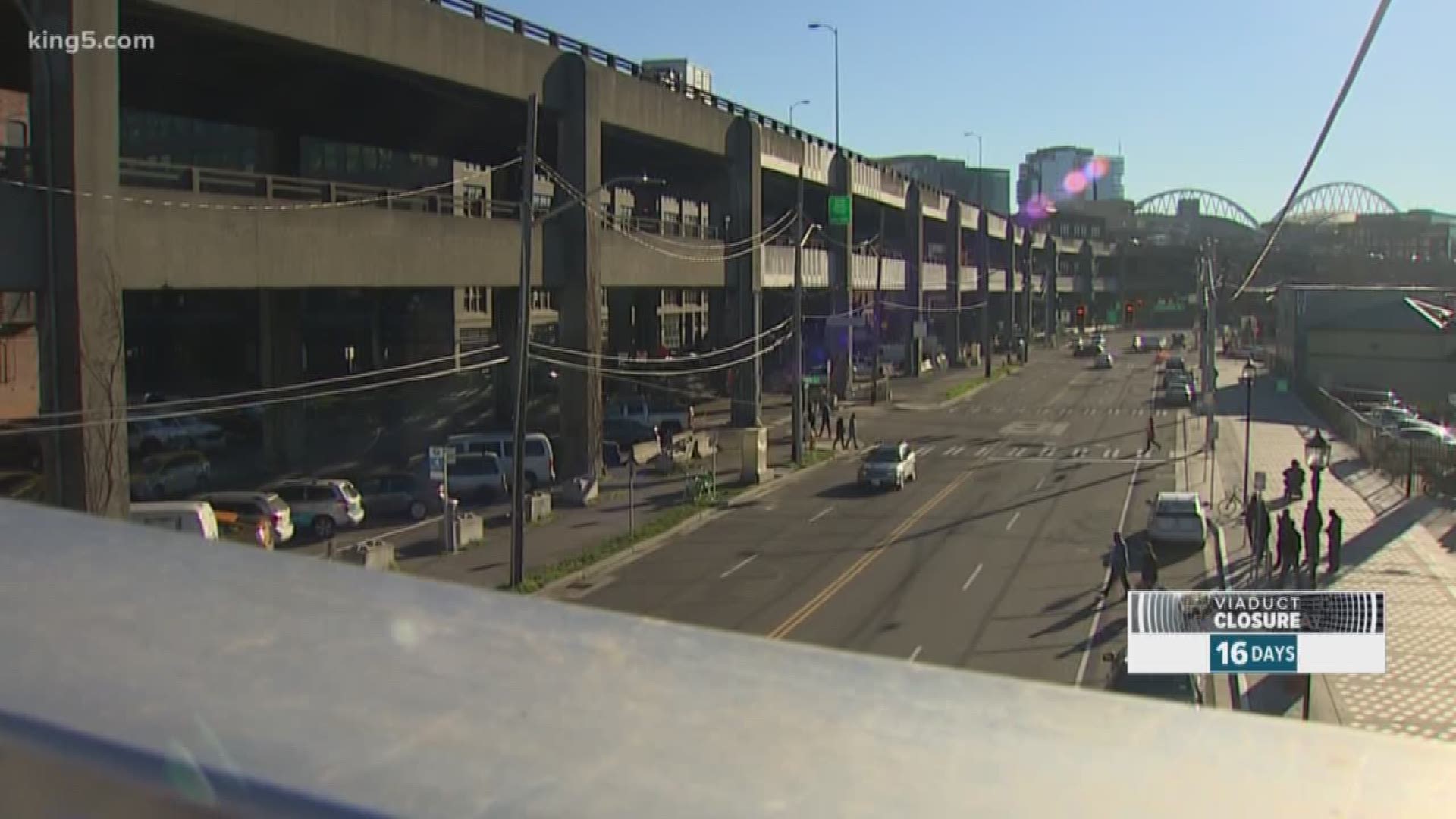Paul Thiry was ahead of his time. But if local leaders had listened to him, we may already be driving under Seattle and the three-week traffic debacle caused by the closure of the Alaskan Way Viaduct wouldn't be an issue.
In the early 1940s, Thiry was getting his first taste of city planning as he publicly voiced his opposition to the viaduct.
In a Historic American Engineering Record, Thiry is quoted as calling the viaduct "a horrible thing" to build in Seattle. He proposed a tunnel would be a better option. According to the engineering record, Thiry notes he never saw "an overhead construction in a city that didn't create slum conditions all around it."
In a later interview with the Archives of American Art, Smithsonian Institution, Thiry says that while other architects thought the viaduct would give people a "splendid view" of the waterfront, he was somewhat alone in thinking that what it did was cut off the city from its waterfront.
"And I was kind of alone on the subject and I said at the time, if you want to get the traffic through the city, then you should go through with a tunnel," he said in the interview with the Smithsonian.
But the viaduct was built - in phases - beginning in 1949. As noted in an engineering record, it evokes "the strongest emotions - both positive and negative - of any roadway in the country." Someone driving on it gets an incredible view, while those walking under it have to deal with the noise, and people living and working next to it have to look at it, he explained.
Even then-City Engineer Ray Finke had some hesitations.
"It is not beautiful," he said at the time, according to WSDOT.
Leonard Garfield, the executive director of Seattle's Museum of History and Industry, recently told KING 5 the major infrastructure in the post-World War II era was placed along the waterfront because it required the fewest number of properties that needed condemning, and made for a flat, direct route through the city. But merchants opposed it and it was seen as inhibiting city growth.
It was seen as necessary at the time, especially because it served as a bypass through downtown. The viaduct carried thousands of vehicles per day. But it was noted that within a decade there were calls for its demolition.
The 2001 Nisqually earthquake that caused significant damage to the viaduct is what led officials to really consider its replacement.
If a tunnel was bored under the city back before the viaduct was built, Thiry envisioned a tunnel running from Jackson Street to Yale. He wasn't too far off, at least for his vision of the southern end of the tunnel.
When the new State Route 99 tunnel opens in early February, drivers will enter and exit the south end near South Royal Brougham Way. That's just a few blocks blocks from Jackson Street. It's important to note that Thiry likely envisioned the tunnel would be aligned differently.
But before drivers enjoy a quick trip under the city and Thiry's vision is finally realized, one of the most controversial pieces of Seattle infrastructure needs to be torn down.

